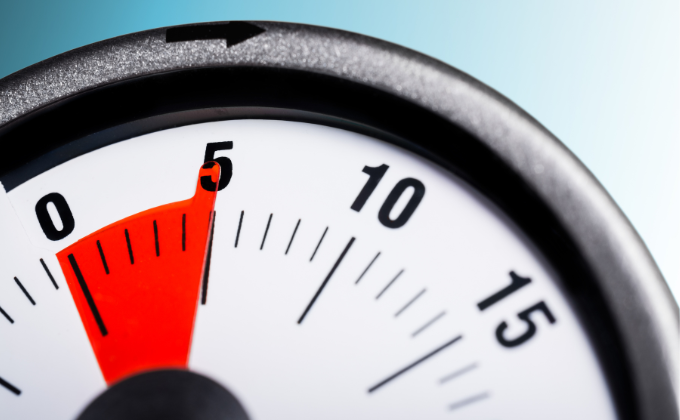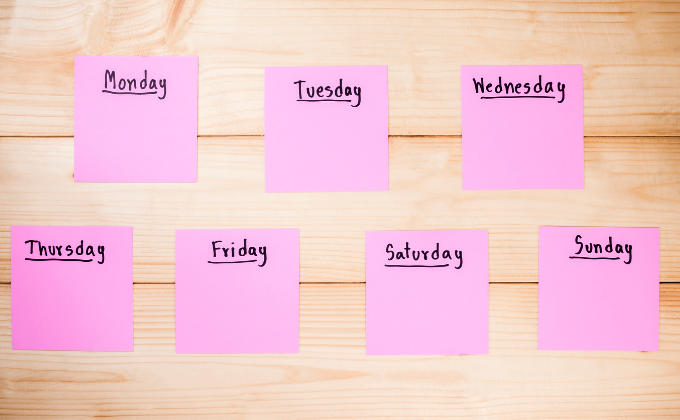Music memorisation can be tricky. Some students seem to naturally memorise pieces like a repertoire sponge. Other students need more help to memorise their music.

I didn’t perform any music from memory until my twenties. It just wasn’t the “done” thing in any of the studios I attended, and I honestly didn’t think to try to do it myself. I associated memorisation with concert pianists, not regular ones like me.
I’ve since come around to see the value of performing music from memory. I don’t require it for most of my students’ concerts, but I do want them to have experience with music memorisation.
Many students who start memorising pieces when they’re young seem to do it with ease. Some need a more structured approach.
That’s where the curiously-named 5:7:22 Music Memorisation Method comes in.
This is a sequence students can follow, with small sections of a piece, to memorise repertoire in a step-by-step manner.
It works because it gradually increases the increments between play-throughs. This means that the memory is rock-solid and won’t suddenly perform a disappearing act from the student’s brain.
Colourful Keys has plenty more memorisation tips and resources on the centralised hub page devoted to Teaching Piano Practice.
Step 1: 5 Times, Spaced Every 5 Minutes
At first, we need to give our brains a chance to forget – just a little bit – before bringing the memory back to the forefront. That’s why we start with 5-minute increments in this music memorisation method.
- Pick a short section of the music to work on. (I like to start at the end if possible.)
- Have your student play it looking at the score, and then cover the music. Repeat this until they can successfully play it from memory.
- Do other activities for 5 minutes. You can set a timer if you like!
- Ask them to play it again.
- Repeat 5 times.

After music students have experienced this memorisation method many times during the lesson, they may be able to do it in their home practice. Don’t expect them to work this way independently right away, though; they’ll need your support until they gain confidence with the technique.
Step 2: 7 Times a Day for 7 Days
During the first week, it’s essential that they test their memory again and again to make it stronger.
- Assign practice of just this section of the piece.
- Tell your student to play it at least 7 times per day.
- They should play it without opening the written music. If they get stuck, they can take a peak to remind themselves how it goes.
You may like to create a simple chart for your student so they can make sure they do it 7 times a day. Just a 7×7 table would do fine, and they can tick boxes as they go.
Ideally, the student would do these repetitions randomly throughout the day. For example, in between homework assignments, before/after meals, etc.
But if that would be too difficult to fit in, make sure they space the 7 repetitions out within their practice session. Playing it 7 times in a row does not count.
Step 3: 2 Times a Day for 2 Weeks
The section of music should be pretty solidly learnt at this stage. But if they leave it for a month before trying it again, it will most likely be forgotten.

So we need to keep exercising that muscle.
- Keep this section on their assignment list for the next 2 weeks.
- Tell your student to play it at least 2 times per day, every day.
- They should play it without opening the written music. If they get stuck, they can take a peek to remind themselves how it goes.
Again, you may like to give them, or have them draw, a simple table to track this. They can tick the boxes or use stickers to mark their repetitions.
Quicker Music Memorisation
Now if we did this with each section, end-to-end, it would take quite a while to learn a whole piece. If the piece had 6 sections, for example, it would take 18 weeks to learn it.
So you’ll likely want to begin one section before you finish the other. In the beginning, I suggest starting a new section each week. Over time, students may be able to start new sections in their home practice so the process will move even faster.
Putting it to the Test
Once your student has learnt all the sections in a piece, the work isn’t over.
They now need to practise getting through the whole thing and stitching the sections together.
If they will be performing this piece, they also need to start developing a backup plan for if their memory fails them. This is where our sections come in handy again as they do surprise jumping practice.
- Have your student play their piece from memory.
- At a random point say, “Jump!”
- They then have to jump to the start of the next section and keep going as if nothing happened.
I got this strategy from the wonderful Christina Whitlock of the Beyond Measure Podcast, and I believe she learnt it from her college professor.

What’s your music memorisation method?
I know music memorisation looks like many different things to different people, so I’d love to hear your process in the comments.
What is the context of this advice, and what does “one section” and “new section” refer to? Could you provide more details on the process or activity being discussed?